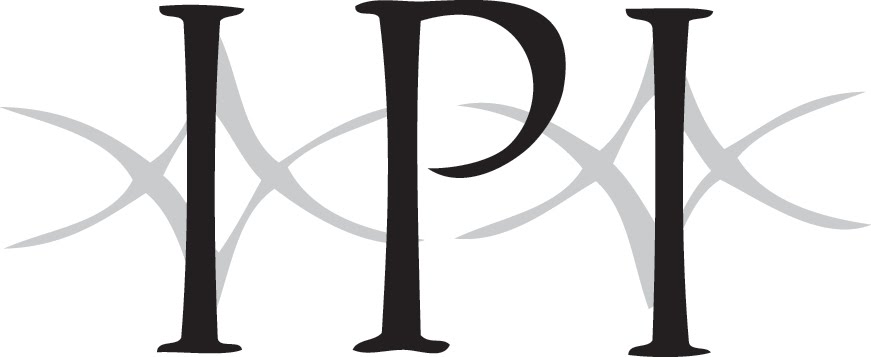Crooked on the Stretcher Board
with Kenneth Drizhuu Frank
436 pages
$45 cloth
ISBN 978-9-884732-2-0
"Mishler's decades of commitment, his long affiliation with the Gwich'in communities and research collaborations with [Kenneth] Frank and other Gwich'in knowledge keepers is evident throughout the text. This book clearly is written with the inspiration, tutelage, language, cultural expertise, and teaching experience of Frank, with whom Mishler has been a research and writing partner with since the mid-1990s. It is from their several scholarly publications, oral presentations, and professional papers that these essays are born. Mishler and Frank's unique, meticulously researched, pleasant writing style and ability to inform the reader about the historical connections and context to the subject, is what makes their work so important." – Leslie McCartney, from the Foreword.
Craig Mishler has been doing ethnographic field work in Alaska since 1972. He is the author, co-author, or editor of 10 books, including Dinjii Vadzaih Dhidlit: The Man Who Became a Caribou, published with Kenneth Frank in 2020 by the IPI Press. This newest book of essays marks 50 years of careful observation, reflective thought, and friendship with the Gwich'in nation.
Kenneth Drizhuu Frank is an indigenous Gwich'in elder, storyteller, and traditional drummer from Venetie and Arctic Village, Alaska. Kenneth teaches and is fully fluent and literate in the Gwich'in language. He works to keep his culture practices known.



